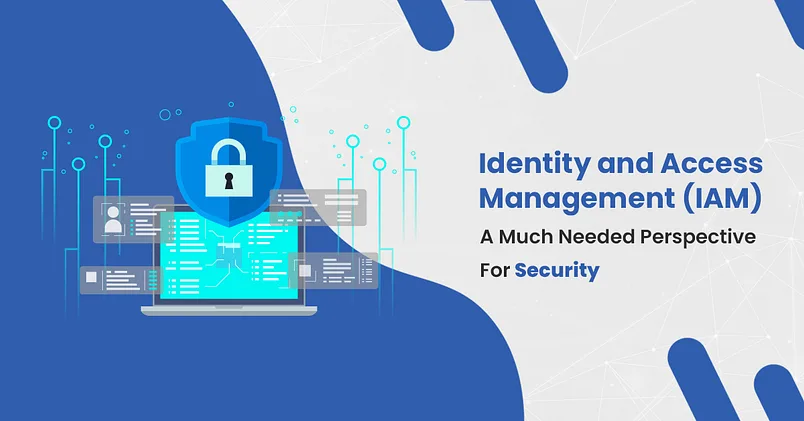Obtaining passwords and hacking into networks is now easier than ever, underlining the need for IAM. A hacker can break a four-letter, two-digit password in seconds. A breach on any part of the server can compromise the data of everyone. It is why you need to leverage identity and access management’s security advantages to keep the business secure and reliable for customers.
What is IAM
In enterprise IT, IAM is the process of assigning roles and controlling access rights to the cloud and on-premises services. Partners, customers, and employees are users, whereas smartphones, controllers, computers, servers, routers, and sensors are devices. IAM systems provide each person or item a digital identity. Once created, a digital identity, maintained, modified, and monitored throughout the lifecycle of a user or device.
Benefits of IAM
- Enhanced user experience
IT admins may build a unique digital identity for each user, complete with a set of credentials, by using IAM solutions. It eliminates users of the herculean effort of managing dozens of accounts for various company apps or resources.
End-users may connect to business networks regardless of location, time, or device using IAM solutions.
- Reduces password issues
Password issues such as keeping passwords in excel or on sticky notes and forgetting user credentials are no longer a problem with IAM solutions.
IAM solutions include password management features that assist security administrators in implementing best practices for password management, such as regular password changes and strong authentication techniques like multi-factor authentication, biometrics, or role-based access.
- Enhanced security
Enterprises can use IAM solutions to implement security policies across all platforms, systems, and devices. It streamlines the process of recognizing security breaches, eliminating unauthorized access, and revoking access.
Employees have access to IAM systems depending on their roles, and privileges cannot escalate without authorization or a role change. It significantly minimizes the possibility of insider security threats.
- Improved efficiency of security teams
Apart from enhancing security posture, IAM significantly improves security teams’ efficiency and effectiveness.
Using IAM tools, system administrators can provide user roles access rights based on the principle of least privilege. It enables clients, employees, contractors, third-party vendors, and partners to organize quickly and efficiently with the proper access.
Additionally, IAM systems use automation, artificial intelligence, and machine learning to automate several essential identities, authentication, and authorization management.
- Improved regulatory compliance
Government data regulations, including the CCPA, HIPAA, and GDPR, make businesses responsible for limiting access to consumer and employee data. The regulations include IAM-related data privacy, security, and protection issues, including who has access to information and how access protects. Thus, IAM solutions assist companies in complying with regulatory requirements and complying with industry best security practice standards.
Conclusion
As data breaches become more complex, the scope and size of identity and access management will continue to expand steadily. Talk to experts at Appzlogic to know how we can help in the next phase of your digital transformation.




